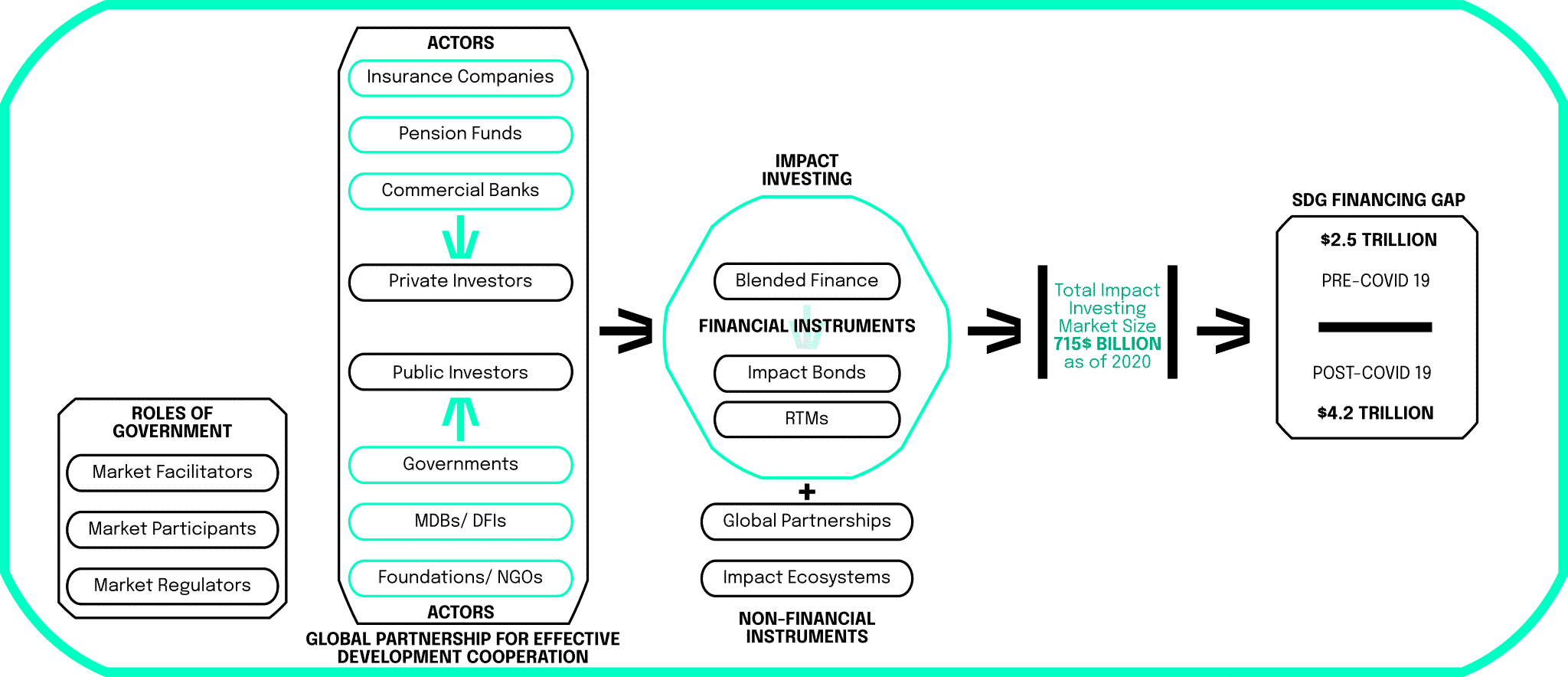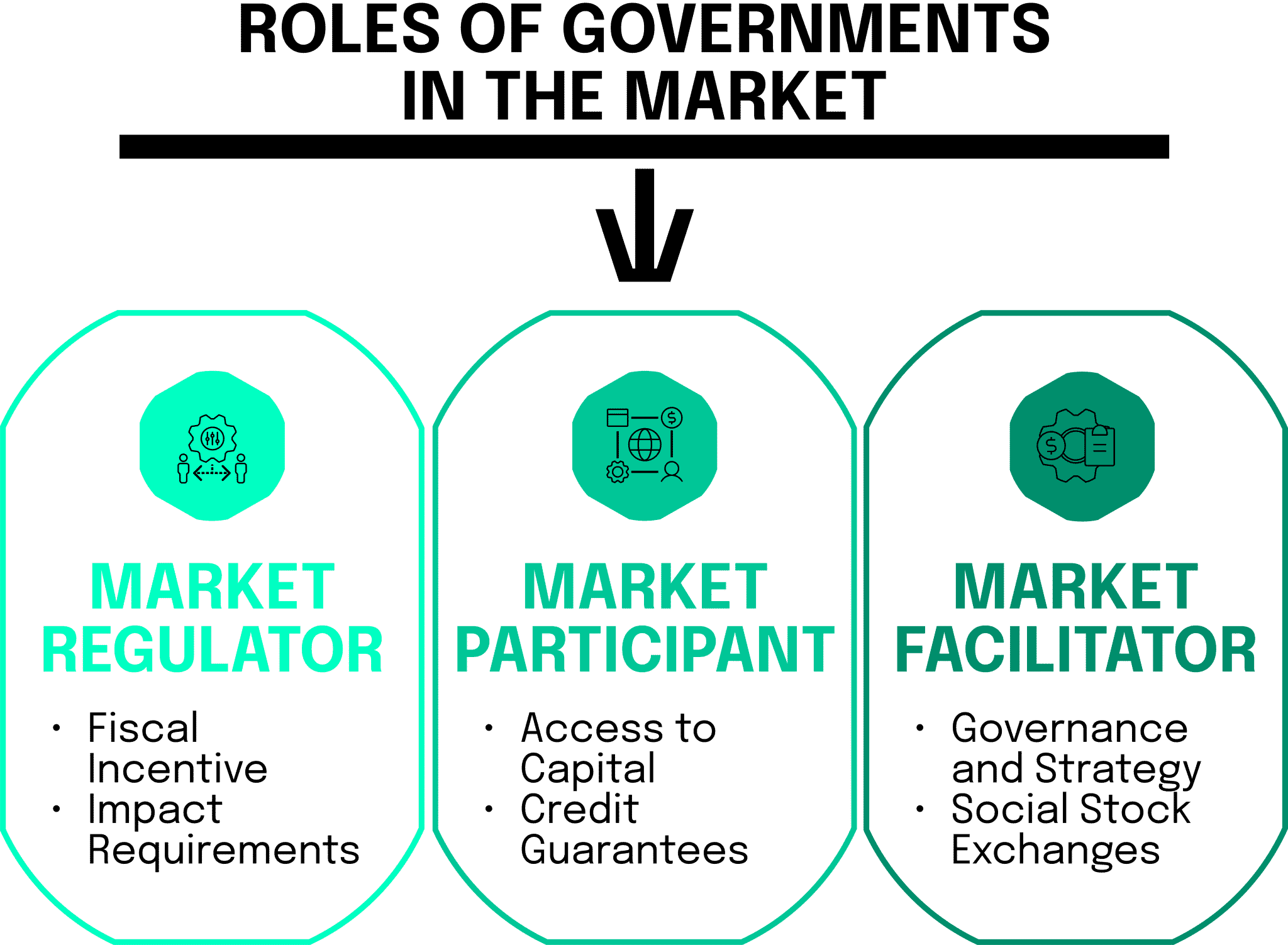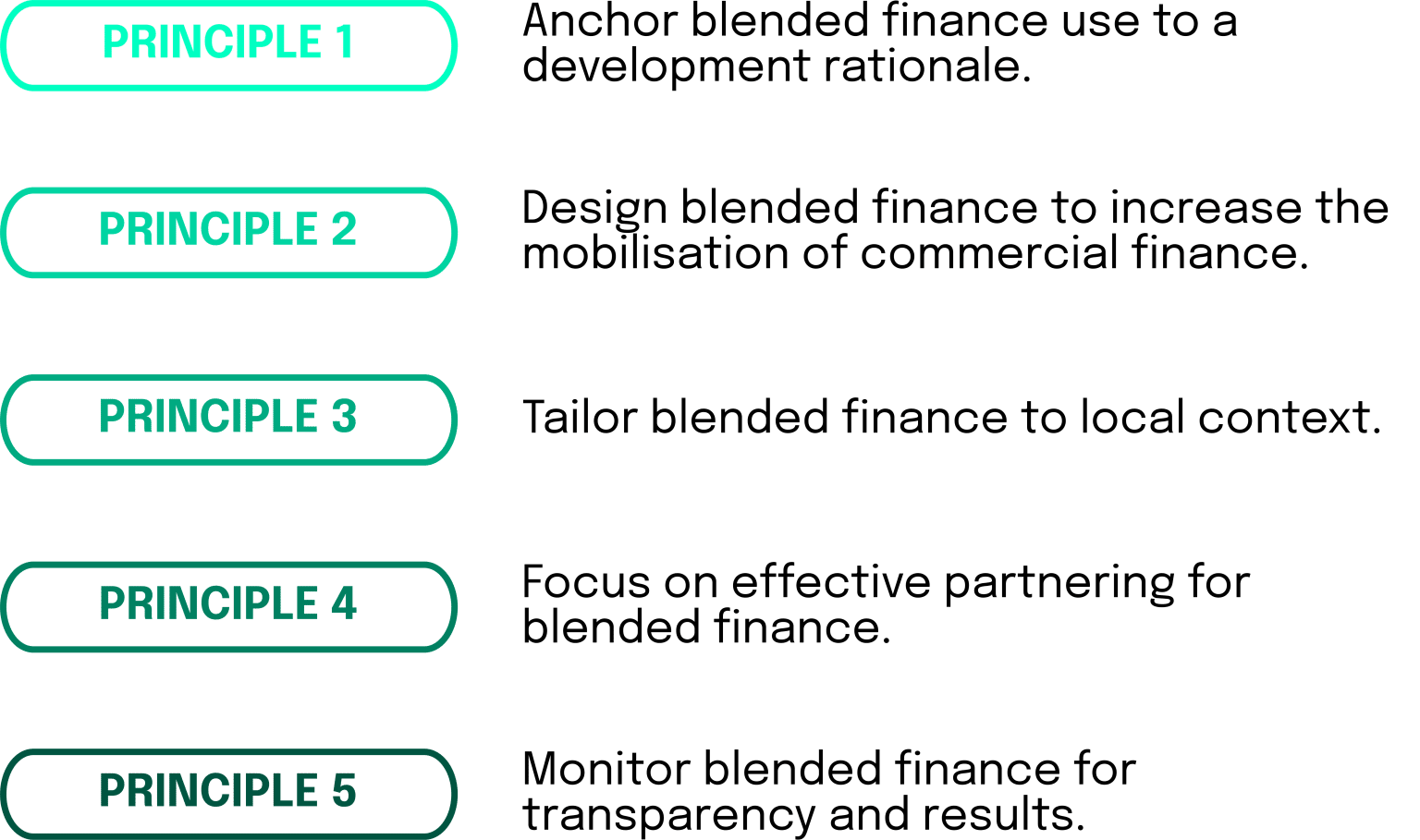Avramenko, E. (2022, April 5). Universal milestone: the Global Impact Investing Network’s
approach to assessing social impact. Positive Changes, 2(1), 22–43.
https://doi.org/10.55140/2782-5817-2022-2-1-22-43
Barua, S. (2019, December 18). Financing sustainable development goals: A review of
challenges and mitigation strategies. BUSINESS STRATEGY &Amp;
DEVELOPMENT, 3(3), 277–293. https://doi.org/10.1002/bsd2.94
Choi, E., & Seiger, A. (2020). Catalyzing Capital for the Transition toward Decarbonization:
Blended Finance and Its Way Forward. SSRN Electronic Journal.
https://doi.org/10.2139/ssrn.3627858
European Commission. (2018, March 8). Renewed sustainable finance strategy and
implementation of the action plan on financing sustainable growth. Retrieved
September 4, 2022, from https://finance.ec.europa.eu/publications/renewed-
sustainable-finance-strategy-and-implementation-action-plan-financing-sustainable-
growth_en
European Commission. (2019, October 12). European Green Deal. Retrieved September 2,
2022, from https://ec.europa.eu/info/strategy/priorities-2019-2024/european-green-
deal_en
Franco, I. B., & Abe, M. (2019, November 14). SDG 17 Partnerships for the Goals. Science
for Sustainable Societies, 275–293. https://doi.org/10.1007/978-981-32-9927-6_18
Havemann, T., Negra, C., & Werneck, F. (2020, July 27). Blended finance for agriculture:
exploring the constraints and possibilities of combining financial instruments for
sustainable transitions. Agriculture and Human Values, 37(4), 1281–1292.
https://doi.org/10.1007/s10460-020-10131-8
Hutton, G. (2022). SDG 6 global financing needs and capacities to ensure access to water and
sanitation for all. Financing Investment in Water Security, 151–175.
https://doi.org/10.1016/b978-0-12-822847-0.00001-6
Kriese, M. (2021, July 16). The Role of Formal and Informal Finance in Economic
Development. Journal of Economics, Finance and Management Studies, 04(07).
https://doi.org/10.47191/jefms/v4-i7-17
Lafortune, G., Fuller, G., Schmidt-Traub, G., & Kroll, C. (2020, September 17). How Is
Progress towards the Sustainable Development Goals Measured? Comparing Four
Approaches for the EU. Sustainability, 12(18), 7675.
https://doi.org/10.3390/su12187675
Lagoarde-Segot, T. (2020, April 1). Financing the Sustainable Development Goals.
Sustainability, 12(7), 2775. https://doi.org/10.3390/su12072775
Shalneva, M., Malofeev*, S., & Zinchenko, Y. V. (2019, March 20). Sustainable Finance As
A Way Of Transition Of Companies To Green Economy. The European Proceedings
of Social and Behavioural Sciences. https://doi.org/10.15405/epsbs.2019.03.45
Ziolo, M., Bak, I., & Cheba, K. (2020, December 3). THE ROLE OF SUSTAINABLE
FINANCE IN ACHIEVING SUSTAINABLE DEVELOPMENT GOALS: DOES IT
WORK? Technological and Economic Development of Economy, 27(1), 45–70.
https://doi.org/10.3846/tede.2020.13863





